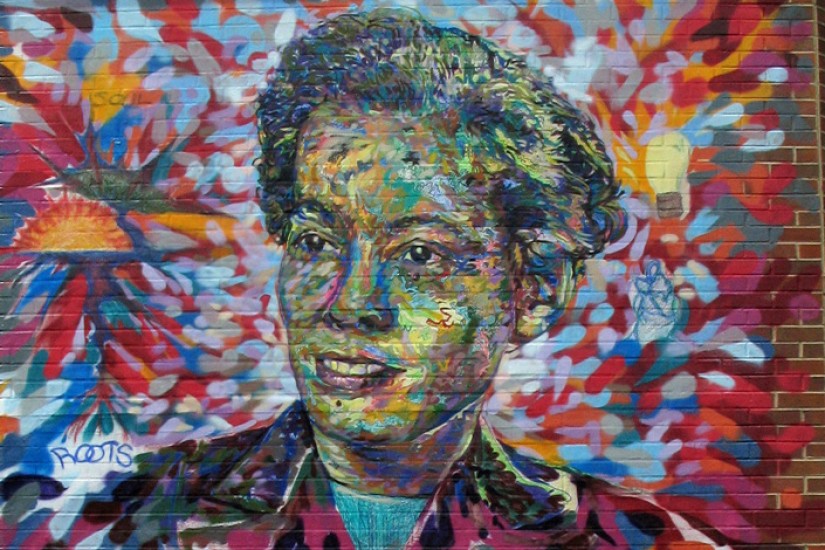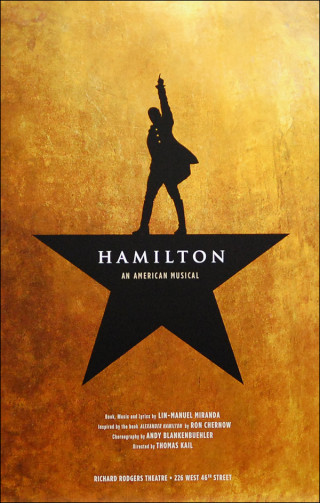This holiday of flags puts me in mind of a passage from Proud Shoes, Murray's history of her "American family" and her most-read book. In it, she recalls that, sometime around the fourth grade, she came to hate the American flag. She knew something from her family and teachers about the imperial adventures the flag flew over in the early twentieth century, and she knew intimately the segregation it sanctioned. "I hated George Washington," she wrote.
The hate changed to something else after the death of her grandfather, a Union Army veteran who, according to Murray, prized his federal pension, as much for the honor it paid him as for the way it softened his impoverished old age. His grave, in a segregated cemetery near the old Durham-Chapel Hill road, was entitled to an American flag, and Murray began to spend Memorial Day and other holidays tending the grave, passing hours to let White drivers see her close to the flag. "Every May," she wrote, "I walked proudly through a field of Confederate flags."
Murray continued, "I wanted the white people driving by to see this banner, and me standing by it." She didn't discover reverence for the flag; she discovered that it was a weapon, a way of saying to her neighbors, "I am more American than you. My family is more American than yours." Not just as American: more American. It was, to be precise, a piece of appropriation, which implied a new meaning for the thing appropriated, and for the country it represented. She wrote, "There was little identity in my mind between the Union flag which waved over my grandfather's grave, and the United States flag on which I looked with so much skepticism at West End School. It would be a while yet before I realized that the two were the same." In a sense, of course, they were not.
Murray's defiant appropriation of patriotic gesture encapsulates what we now know about Memorial Day: although the holiday was instituted in a spirit of White reconciliation (with the official story that it originated in the ecumenical memory of Union dead alongside Confederates), it was actually preceded by Black South Carolinians' reburial of Union soldiers from a mass grave in Charleston, and subsequent decoration of their burial sites. In a larger sense, Murray's gesture is part of a counter-tradition that runs back to Frederick Douglass saying, a few years before the Civil War, that the Fourth of July was a White holiday for a White nation, but the principle of the Declaration of Independence, "all men are created equal," was about him. In fact, it was his.

